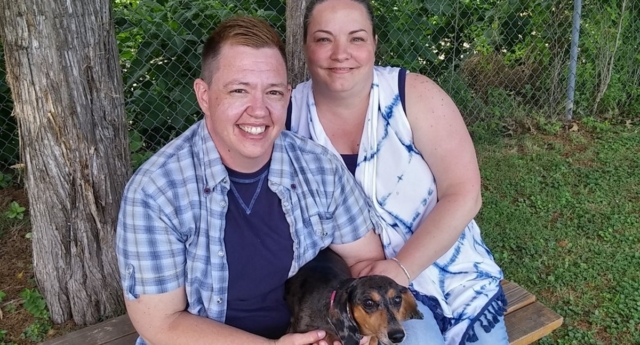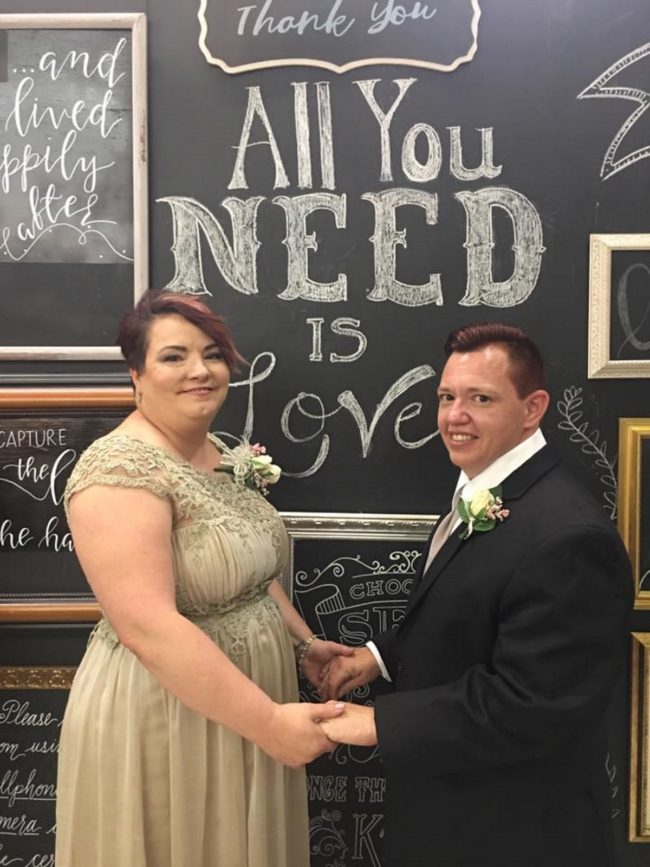10% of HIV Cases in Gay/bi Men Linked to Gonorrhea and Chlamydia Infection
One in ten new cases of HIV in gay and bisexual men are linked to gonorrhea and chlamydiainfection. That’s the conclusion of a modelling study highlighted by the NCSD (National Coalition of STD Directors) in the US.
The journal, Sexually Transmitted Diseases, published the research this week. Both sexually transmitted infections can increase the risk of HIV transmission taking place: a fact known for some time.
However, with rates of both gonorrhea and chlamydia rising in the US, health experts are concerned how this may impact public health advances in tackling HIV.
Between 2013-2017, the US saw a 22% increase in chlamydia. Gonorrhea diagnosis shot up by 67%. By comparison, there has been a 13% drop in HIV diagnosis over the last eight years.
The precise extent to which chlamydia and gonorrhea increase HIV transmission is unknown. Other biological factors may also play an influence. For this reason, parts of the ‘modelling’ study relied on estimates.
However, researchers from Emory University and the Centers for Disease Control and Prevention (CDC) in Atlanta say their findings should be used by those working in public health to address the issue of STIs and HIV transmission.
‘The historic levels of STDs imperil our progress towards ending HIV’
‘This study highlights a clear need for a federal investment in the STD field and serves as a stark reminder that HIV and STD prevention must go hand-in-hand,’ says David C. Harvey, executive director of the National Coalition of STD Directors (NCSD).
‘The historic levels of STDs imperil our progress towards ending HIV. We can’t hope to end HIV without also addressing STDs.’
According to the NCSD, there has been a 40& cut in STD prevention program funding since 2003. It is asking for an additional $70million injection from Congress to help tackle the problem of rising STD rates.
‘STDs lead to serious health problems, and now this study shows two of our most common STDs can cause HIV. This is a wakeup call to our country to respond to the real and growing threat of STDs.’
The importance of regular sexual health check-ups
Ian Howley, Chief Executive of the UK-based LGBTQ HERO, the parent organisation of gay men’s health project GMFA, told Gay Star News: ‘It’s been thought for some time that having an STI increases the chances of contracting HIV. When your body is fighting an STI it becomes more accessible to contracting HIV.
‘If you are HIV-negative and been diagnosed with an STI you should abstain from sexual contact with another person until you’ve been treated and cleared.’
Howley recommends all sexually active men should test for HIV and STIs at least every six months.
‘More if you are having condomless sex and not on PrEP. You should also know what the symptoms of STIs are, such as gonorrhoea, chlamydia and syphilis. That way you can catch it early and get it treated before it imposes a further risk to yourself and others.’
However, all three infections may present with no symptoms. This is why sexual health workers stress the importance of regular testing, whether you notice symptoms or not.
‘Reducing the levels of undiagnosed STI infection is crucial’
Matthew Hodson, executive Director of NAM/aidsmap, said: ‘The public health emphasis on HIV has often overshadowed concerns about STIs. Considering many STIs will have no symptoms initially, reducing the levels of undiagnosed STI infection is crucial.’
Hodson was also keen to point out the role of STIs in HIV transmission does not detract from the Undetectable=Untransmittable message sexual advocates support.
‘When someone is undetectable on treatment they will not pass HIV on to their sexual partners. Even if other STIs are present. “U equals U” still applies.
‘We know this because the studies that affirmed zero sexual transmission risk when undetectable didn’t find a single case of transmission, even though many people in those studies had STIs.’



